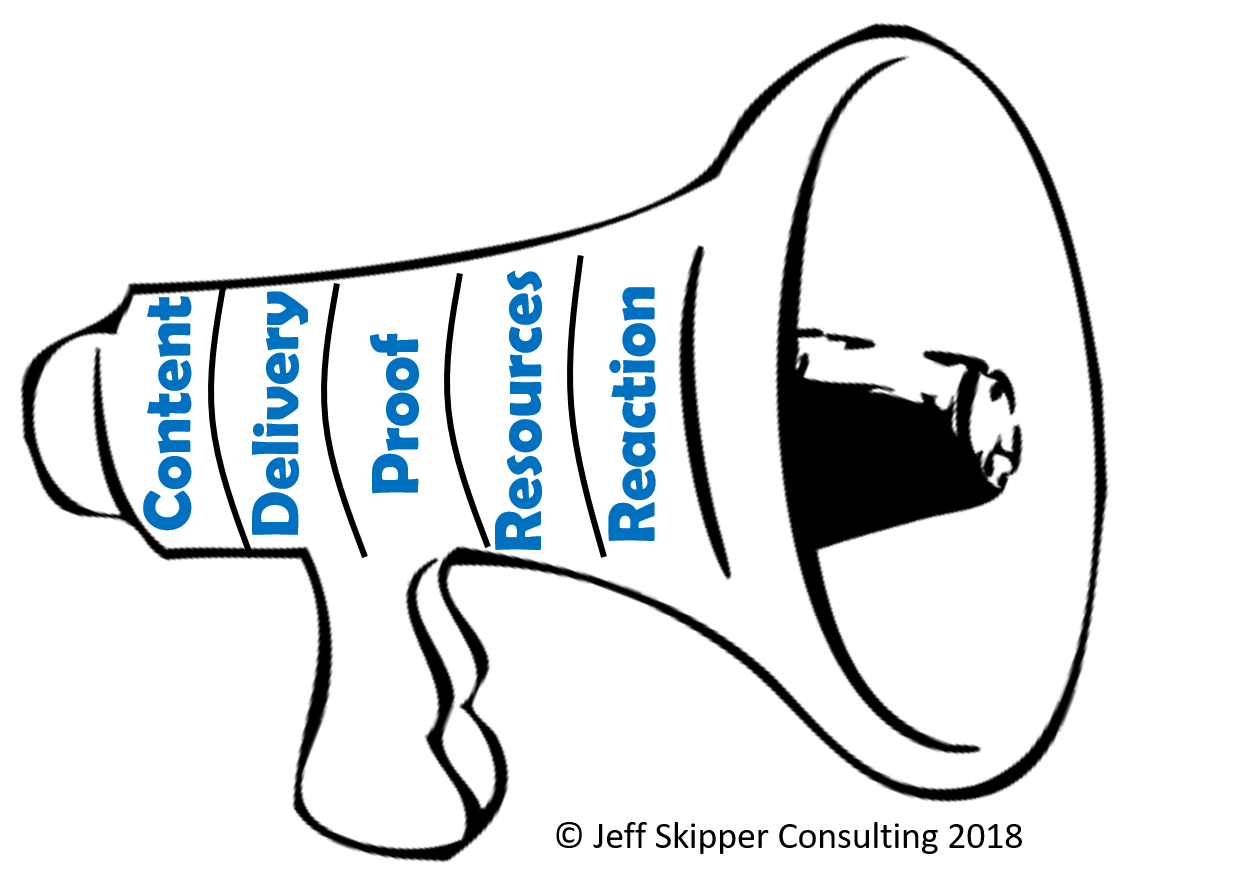This is the second in a series on Leader Communications.
It took mere hours for employees to leak memos to the public showing that some Tim Hortons locations were making employees fund their own benefits after a government-mandated minimum wage increase took effect. #NoTimmiesTuesday immediately caught fire, punishing big bad franchises with reduced sales.
The response? Franchises directed blame to Premier Kathleen Wynne who spearheaded the wage change. Parent company RBI said…nothing. Both choices were complete failures.
One of the main responsibilities of management is to set strategy. Strategy takes into account changes in the environment and sets a path forward. We apply foresight and chart a course proactively. The wage change was a long time coming. Management knew what it would do well ahead of time, but chose not to communicate it.

Path 1: When a change will be difficult, begin communicating early and often.
Shock and awe does not work when a change is likely to be perceived as negative. Because we are built to identify threats and ‘fight or flee’, it is important not to startle or threaten people when something negative is coming. Instead, the secret is to engage people in the journey. Providing information early and ongoing fosters a sense of control critical to coping.
- Give them a high level sense of what’s happening early.
- Don’t share everything at once if it will overwhelm; share more over time.
- Answer questions.
- Repeat the message regularly to normalize.
- Say ‘I don’t know’ when you don’t know.
- Tell them when you expect to have more information
Path 2: When a change cannot be communicated early, prepare a compressed dissemination plan.
There are situations when early disclosure is not feasible. In these cases leaders must have communications packed and ready to launch when they ‘go public’. A rapid method of cascading fixed messaging through interlocking meetings is critical to getting the right information to employees before they hear it through the media.
Huddle up with groups where you can. Demonstrate you care about how they are feeling about the change. Respond to their concerns.
When there is risk that customers or the public will react negatively, equip employees to answer questions positively. Make them your allies. Don’t put them in the middle of a fight.
When I worked for Enbridge we were tasked with rolling out a change that no one at the frontline wanted. It created more work, but it was necessary to support the organization’s strategy for capital projects. We gathered people in small groups, shared what we knew, had them tell us about how it would impact them, and helped them plan for the change. It was one of the quietest and most successful aspects of the entire program. Engagement works.
Changing Your Mind
When you have a difficult message to present, consider :
- How will this affect people professionally and personally? What are the possible ripple effects?
- How early would you want to know?
- What actions can people take to prepare?
Hearsay hurts. With the above in mind, you can plan a positive communication campaign and retain control of the messaging.
Thoughtfully Yours,
Jeff



